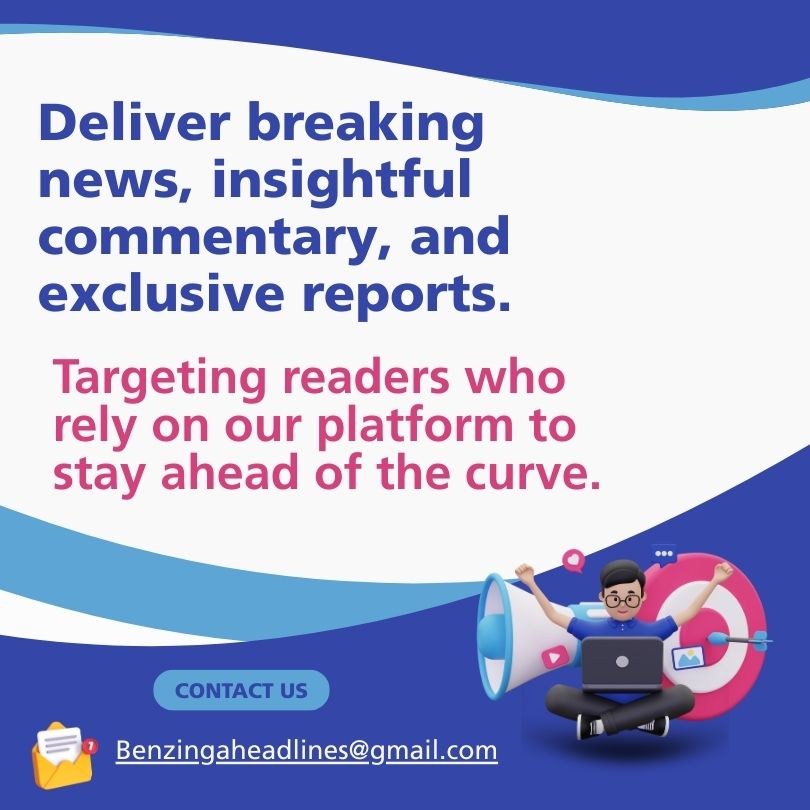Artificial Intelligence is no longer a buzzword today, as it was a few years ago. The sci-fi movies, Iron Man stuff, and all other related things are gradually becoming a reality today. Traditionally, AI delivers content based on the rule-based method (limited scalability and adaptability), but the modern approach, Gen AI, is far more advanced.
The underlying reason behind this is its training on vast datasets, which enable Gen AI models to produce human-like responses. ChatGPT is one of the most famous models of Gen AI that gained over 1 million user traction (sign-ups) in just 5 days. That’s an incredible number for a model to be that famous, but this is the power of Gen AI.
Today, over 53% of C-suite leaders regularly incorporate Gen AI in their daily routine. This subset of AI is gradually becoming a key member in every enterprise’s workflow. For every organization, its usage differs.
This blog sheds light on the nine real-world use cases of Generative AI for enterprises and how they are transforming the market. Continue reading this blog to gain a better understanding.
Overview of Generative AI
Before delving into real-world examples of Generative AI, it is wise to gain a comprehensive understanding of what it is and how it works, for a better understanding. Generative AI is one of the significant advancements in AI.
As the name suggests, “Generative” is an AI system that generates content (whether images, audio, written content, or more) based on the data it has been trained on. This AI subset utilizes deep learning and LLMs to identify structural data patterns, and based on this understanding, it produces results that are relevant to what a user has asked.
The advanced algorithms and neural networks usage aid in making these models more effective and human-like. Its adaptation has improved the productivity and efficiency of diverse businesses.
Is Gen AI Usage Beneficial for Businesses?
Indeed, it is. Generative AI development showers various benefits on businesses that aid them in becoming more effective and versatile. Today, many businesses have implemented these models into their workflows to automate routine or mundane tasks. It saves employees time, which can be utilized on other productive tasks. Here’s a detailed look at the benefits of Generative AI:
- A user receives results quickly after a prompt, facilitating their regular visits. This results in improving customer experience.
- Traditionally, a task used to take 6 hours; now the same will be completed in less than 2 hours due to the implementation of the Gen AI model.
- You can create designs that are new and focused on your specific business needs with apt creativity quickly.
These are some of the main advantages of Generative AI for businesses. However, the rest will be covered in the use cases that are revolutionizing the workflow of enterprises using this modern technology.
Nine Use Cases of Gen AI Transforming Enterprise Workflows
By far, you have gained an idea of what Gen AI is and its advantages. Now, it is apt that you understand the use cases of how businesses are utilizing this AI subset in their workflows and improving their global competitiveness. But above that, these models are highly complex, and without a skilled partner, your efforts can go in vain. So ensure that this checkbox is ticked. Here are nine use cases of Gen AI that are aiding significantly in revolutionizing enterprise workflows:
1. Retail and Consumer Goods

Leading companies, such as Walmart, have been leveraging the power of Generative AI in their business operations. The company has included a Gen AI-powered search functionality on its website and mobile application. This has empowered visitors, allowing them to have a more conversational experience. The modern chatbot, curated by Walmart, efficiently utilizes modern AI technologies to deliver prompt and human-like conversation output.
2. Fashion Designing

Generative AI has been used widely in fashion design. Over time, its capabilities continue to increase, gradually providing results to users that they once envisioned. The recent example of Gen AI in this industry is Google’s Try on feature. This feature in Google search helps users virtually try on products to gain a fair understanding of how well a product suits them. However, Google offers various shopping tools that utilize Gen AI, significantly aiding users in their shopping.
3. Media
Gen AI has significant implications in every industry, including the media. Whether it’s copywriting, content generation, or idea brainstorming, this AI subset is focused on media-focused businesses. Not only that, but AI-first models are trained on the data to aid them in performing actions users envision. A radio station in Poland conducted an experiment in which it replaced all its human journalists with AI reporters. However, this experiment turned into a great disaster, as the company ultimately had to take a step back.
4. Marketing
This subset of AI has a significant impact on marketing. The majority of marketing leaders in the USA are actively using generative AI to automate their content generation. Also, companies like Netflix are increasingly using this AI subset to tailor their advertising. Moreover, Hootsuite and Sprout Social are utilizing generative AI to streamline content creation for social media.
5. Human Research Management
The human resource department plays a crucial role in empowering employees of the organization to stay relevant and aids in the growth and competitiveness of an organization by upskilling them. Beamery’s TalentGPT is one of the AI assistants that utilizes Generative AI to help employees explore potential career paths.
6. Customer Service
One of the key areas that translates significantly to the customer experience is how promptly they get a response in return. AI-first chatbots and AI agents are leading the way. Amazon is a leading company that has significantly led the way in this regard by integrating AI-based chatbots to simplify the shopping-related concerns of users. Plus, Alexa (a voice assistant) is basically an AI agent that was designed to handle tasks via voice commands.
7. Software Development
Generative AI has greatly simplified the complex software development task by aiding developers with tools like ChatGPT, Claude.ai, DeepSeek, AWS CodeWhisperer, and more. These tools can create basic functions code instantly, helping developers to focus on the logic of a digital solution. However, tools like Lovable are capable of creating highly complex functions and allow one the flexibility to make edits in a “visual” mode of the created output, just like Elementor.
8. Telecommunication
One of the most effective use cases of Generative AI has been evident in the telecom companies. As far as we know, this AI subset is transforming customer support and sales; now, telecommunication is also entering this field to optimize network operations and improve overall efficiency. Verizon Communications is utilizing GenAI to power virtual assistants, enabling them to resolve user issues more efficiently and naturally.
9. Generative AI in Healthcare
The healthcare sector is actively utilizing the prowess of GenAI in its operations. From drug discovery to administrative tasks and patient care, this subset of AI is transmuting the sector by making processes faster, more efficient, and streamlined. Also, AI agents are playing a key role in improving care delivery and patient interactions.
Conclusion
Generative AI has been a game-changer in the workflow of every enterprise. This blog includes the nine real-world use cases. This number indeed is far more than just 9, for every enterprise, the Generative AI development is different. The subtle nuance lies in the needs of an organization and the partner it pairs with for development. By exploring these use cases, you can take the initiative to invest in GenAI strategically and open up new possibilities to stay current in the competitive curve.




